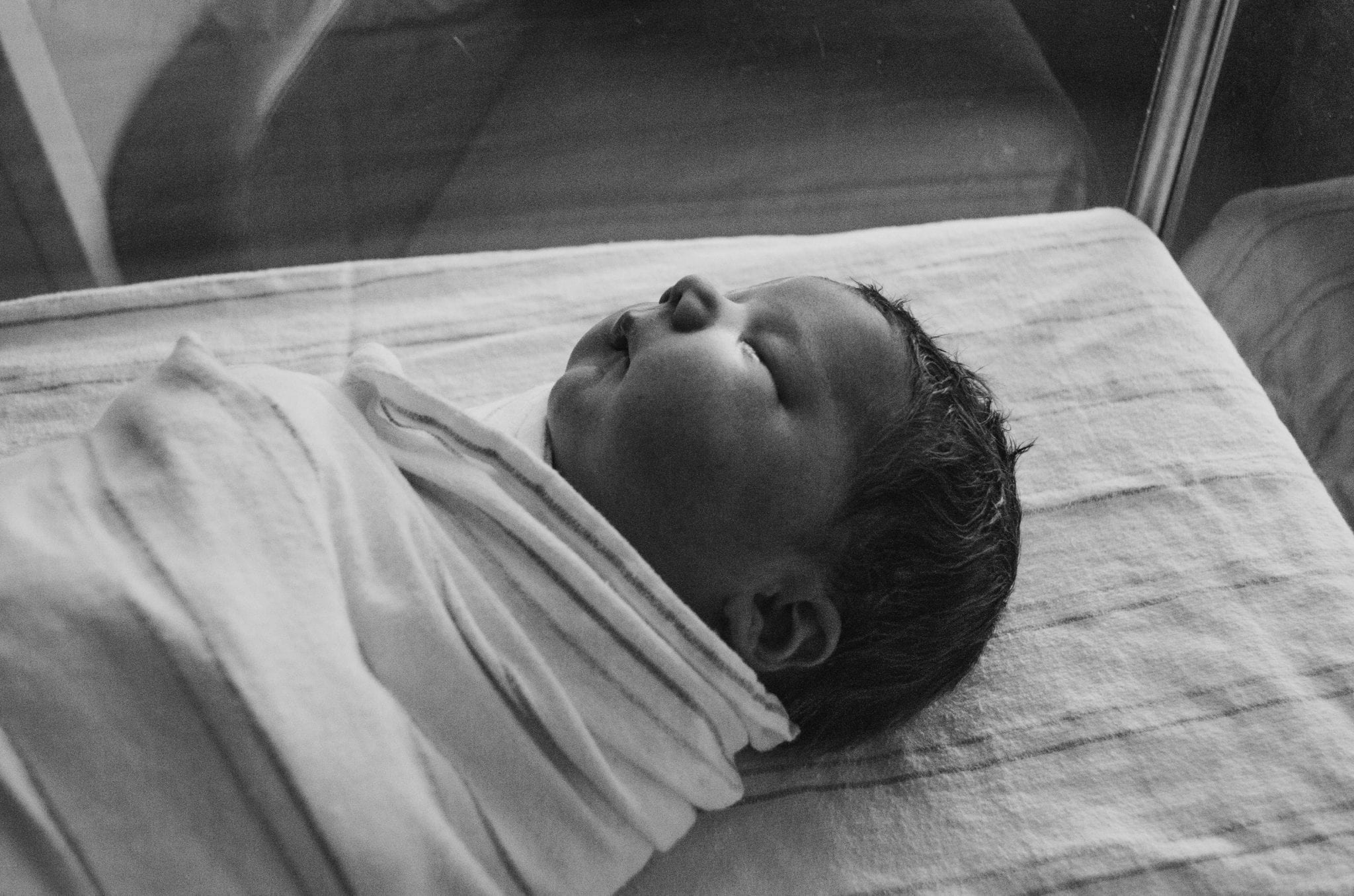Pregnancy Mortality Rates Through the Roof in D.C.
Officials in the District of Columbia are trying to figure out exactly why women are experiencing higher than average maternal mortality rates in comparison to the rest of the nation – although they have a hunch. The District is set to follow approximately 35 other states in establishing a maternal mortality review committee to conduct an analysis of both medical and nonmedical circumstances in which women have died while pregnant and up to one year following delivery.
About 41 women in the District die for every 100,000 live births, according to a 2016 study conducted by the United Health Foundation. That is double the national rate. African American women are at greatest risk for pregnancy-related death and complications. Seventy-five percent of the maternal deaths recorded by health officials in the District between 2014 and 2016 were of African Americans, making it by far the highest among rates across ethnicities.
The national mortality rate of pregnant women is relatively small at approximately 700 per year, according to the Centers for Disease Control and Prevention. However, the problem is that even those deaths that occur are largely preventable if only these women had access to health care early in their pregnancies. By the time care is sought in many cases, it’s because of severe pain and other life-threatening symptoms. It’s far too late.
The goal of D.C.’s maternal mortality review program is to identify issues that can be corrected and come up with potential solutions. California already has such a program in place and officials credit this to reducing the state’s overall rate. D.C.’s program, set to be similar to California’s, would have specific protocols for identifying and mitigating emergencies in a timely manner.
In the District, it has begun to become clear to health care officials that a top reason for the high rate is that its health care system systemically denies many women of color and low-income residents to vital prenatal care. In fall 2017, the closure of Providence’s labor and delivery unit, as well as two significant changes to maternal services in the District disproportionately also affected low-income women. Many of Providence’s patients were Spanish-speaking, some were undocumented immigrants, and most were on Medicaid.

“Knowing how to navigate the system is very difficult if you don’t know the system and you don’t speak English,” Givens said. “They came to see us on the very last clinic day because they didn’t have care and now I don’t know where they’ve gone.”
The Northeast hospital closed its obstetrics unit last October, including all prenatal care. This was following the elimination of deliveries at United Medical Center in Southeast Washington in August due to critical mistakes made by staff members including failure to prevent an HIV-infected mother from passing the disease to her baby.
Without the cost-saving options and more open and accepting programs they’ve been accustomed to, women who traditionally scheduled their appointments at these facilities have been left with nowhere to go in the middle of their pregnancies and shortly thereafter. This is especially devastating for patients who don’t comprehend English well and have a tough enough time trying to navigate a complicated and unwelcoming system. An inability to seek care continues to lead to high rates of complication and mortality across the country.
Sources:
D.C.’s maternal mortality rate is at crisis proportions
CLOSURE OF TWO D.C. MATERNITY WARDS HURTS LOW-INCOME WOMEN MOST


Join the conversation!